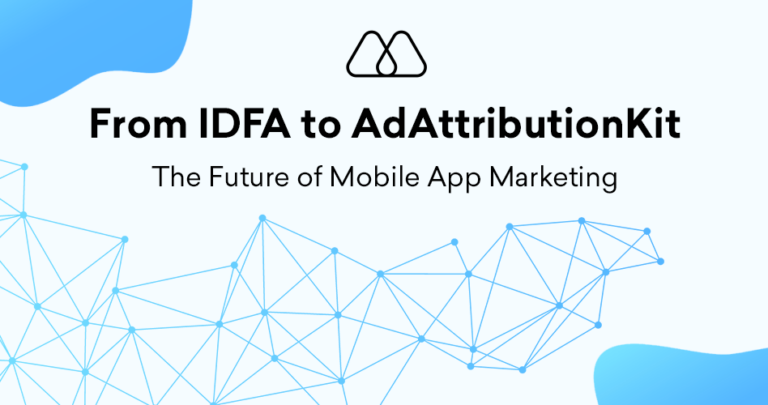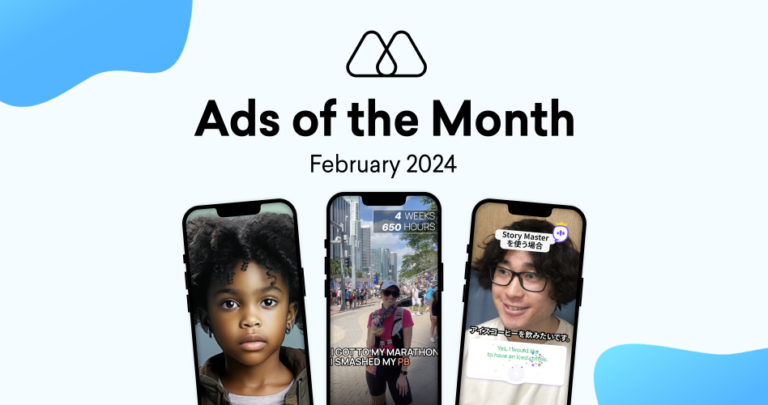We invited Sugar, a new type of financing platform that helps games and apps grow, to take a deep-dive into the world of data. Using their metric-driven business approach, they’ll help decode which numbers really matter. Take a look below.
We all know about CPI (cost per install) and LTV (lifetime value), but what are the numbers beneath these that really move the needle? How does a hyper-casual game compare with a mid-core game? What’s a good conversion rate? And since every studio and game is different, which are the metrics that matter, and what’s good or bad?
Spenders
Many games monetise through IAPs (in-app purchases), but only a tiny fraction of your players actually spend. The industry average when it comes to conversion rate is 1-3%. The highest we’ve ever seen is 6%, but that’s a big outlier. Hyper-casual games also have IAPs, but it’s normally a one-off offer to pay to stop all ads; it might cost £1.99-2.99 and the take-up rate is rarely above 1%. For all other games, 2-3% is a good number to aim for. Note that, in general, conversion rates are on a downtrend due to the rise in ad-based monetisation.
Monetisation
There are many metrics for this: ARPDAU (average revenue per daily active user), ARPPU (average revenue per paying user) or ARPU. ARPDAU is our favourite. On average, in hyper-casual the ARPDAU is 2-5c; in casual, 10c; and in mid-core, it could be as high as 30-40c. For most games out there, unless you’re in the top 25% of performers, it’s rarely up at 10c.
Retention
Retention is another set of metrics to obsess over, and arguably the most important. For every 100 users who download your game, how many stick around after 1 day, 7 days and 30 days? We all know the industry standard benchmarks are 40%, 20% and 10% respectively, but no one ever hits those! Make sure to track it by organics and non-organics, as they each tell you something different.
A hyper-casual game will target over 50% for Day 1, whereas a mid-core game will be content with 35%. On Day 7, we can expect the former to be performing well at 15%, whereas the latter is more likely to hit 10%. However, Day 30 is the big differentiator, as the tail can provide a lot of value if it’s well-executed: hyper-casual will be down at 1-2%, whereas a good mid-core game will be up at 6-7%.
Stickiness
This is measured as the DAU-MAU ratio: Daily Active Users divided by Monthly Active Users. The more sticky the game, the higher the number of daily actives in proportion to monthlies. Anywhere between 15-20% is very strong, but generally this won’t go any higher than 25%.
And one more we like: Uninstall rates
This measures what percentage of your installs have uninstalled; the aim is to keep that number as low as possible. Uninstall rate is a big indicator of game quality and audience perception, providing you with immediate, and often brutal, feedback. Quite honestly, the number is hard to benchmark and could be anything; we’ve seen games with only 10% and that’s really good!
Regardless of which metric you chose to focus on, simply having the discipline to set targets and iterate until you hit them is a skill in itself.
We’re always eager to learn more – let us know how you’re getting on and share your findings! Get in touch with Sugar to find out more.
Guest Bio: Matt is the Co-Founder & CEO of Sugar. After 16 years in investment banking at JPMorgan and Credit Suisse, Matt immersed himself in digital finance, specifically within the games ecosystem. He is passionate about bringing fintech to the games and app economy to help great businesses to fly, in a way that doesn’t currently exist.





